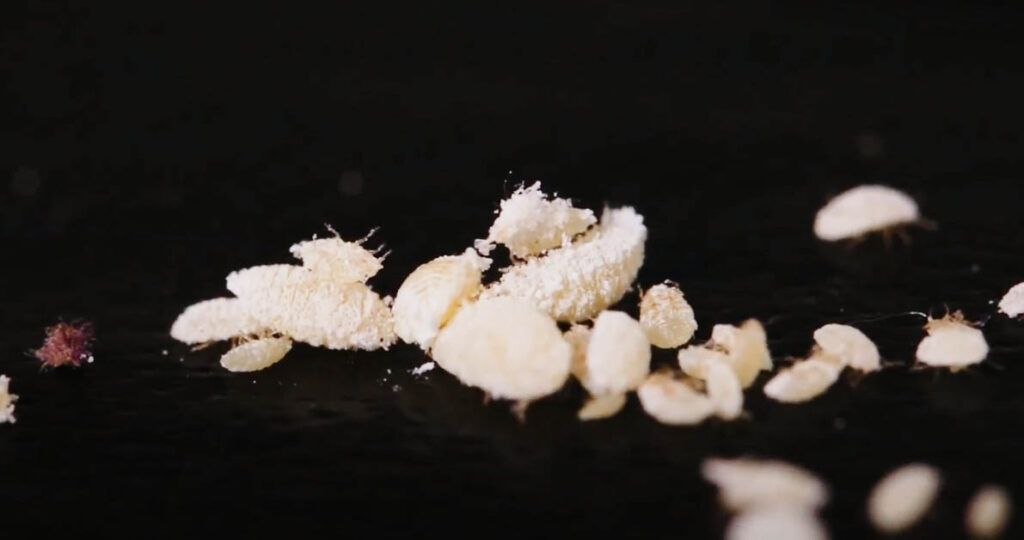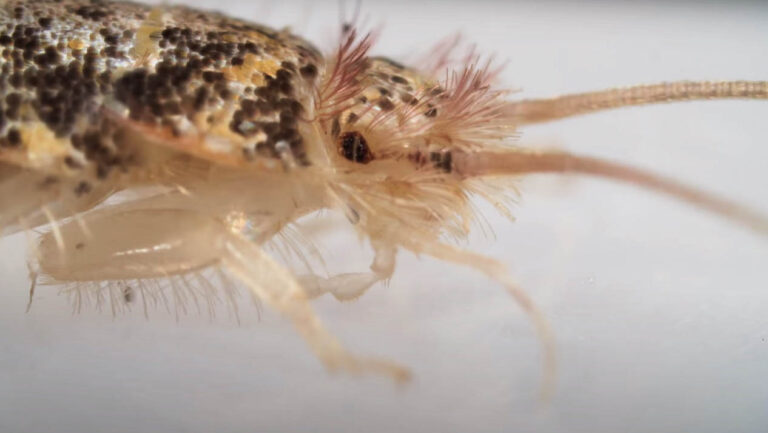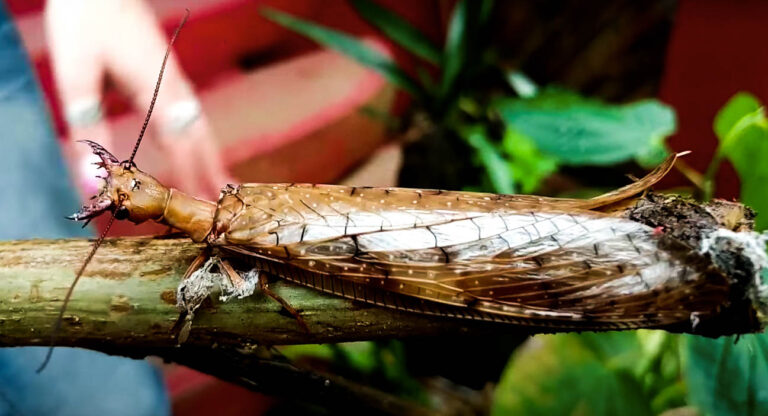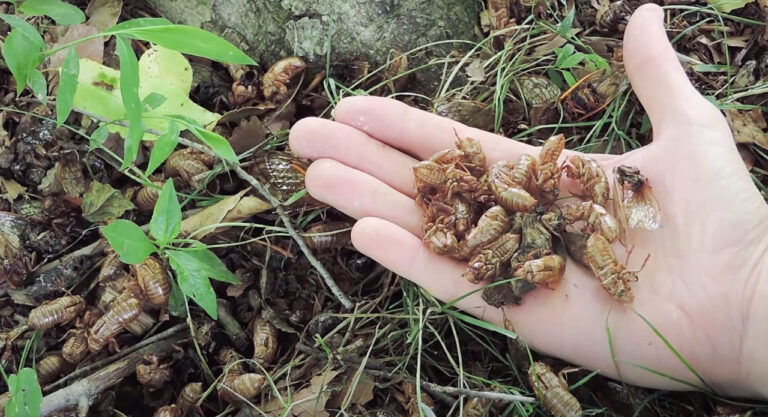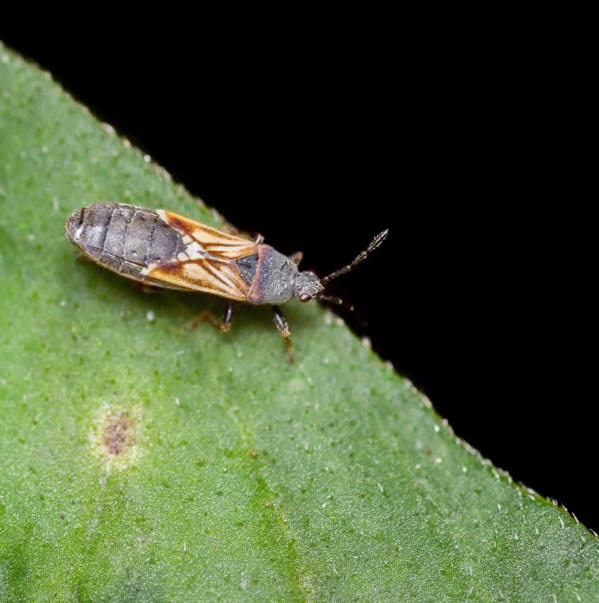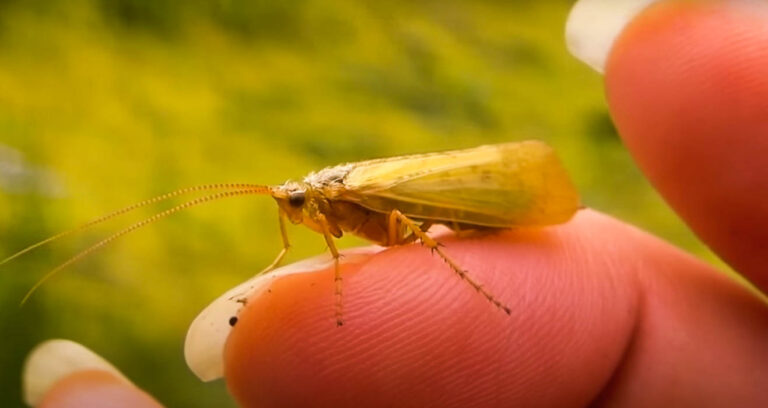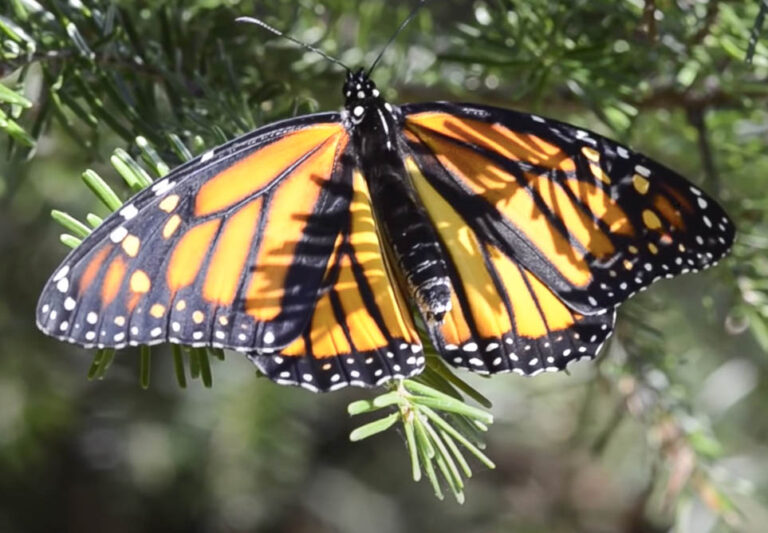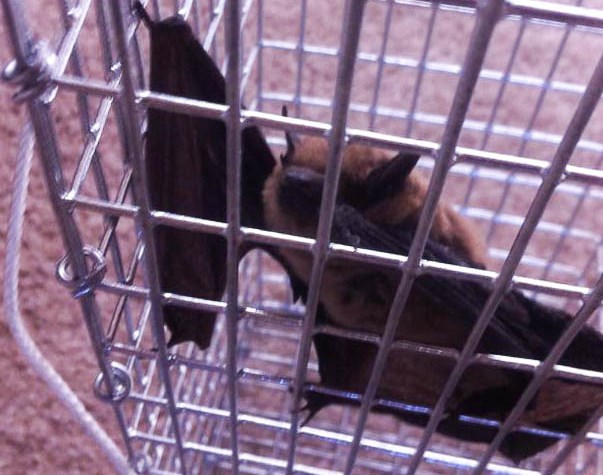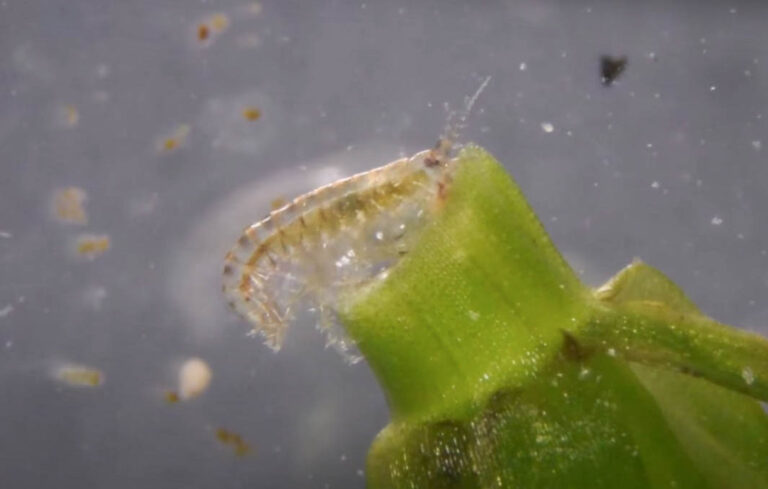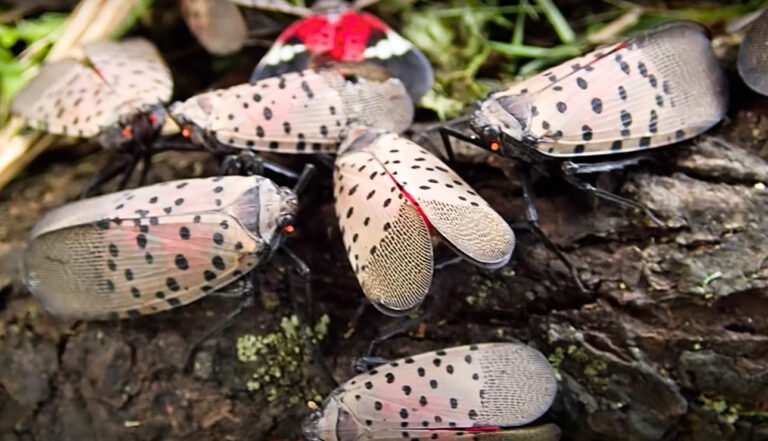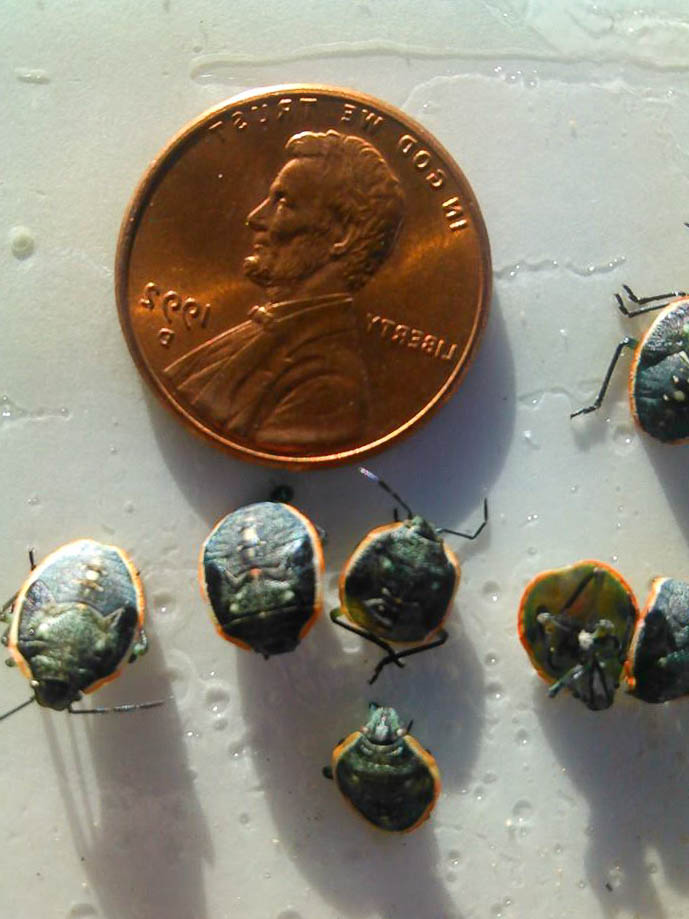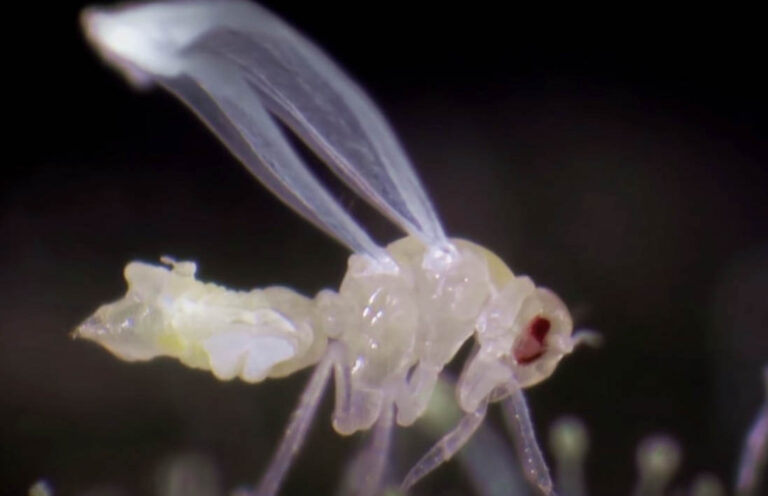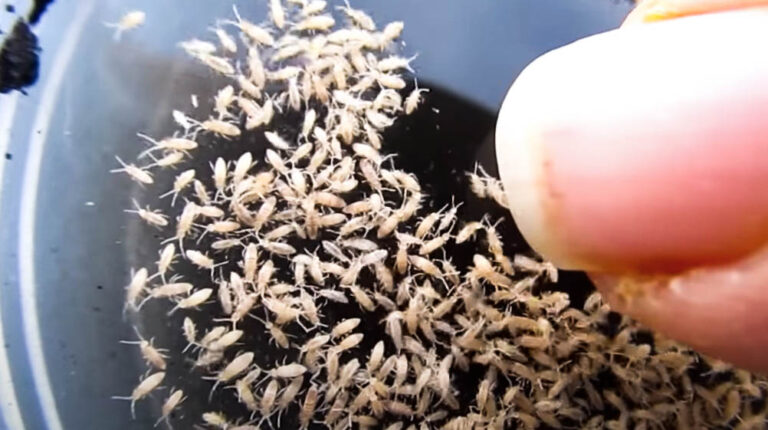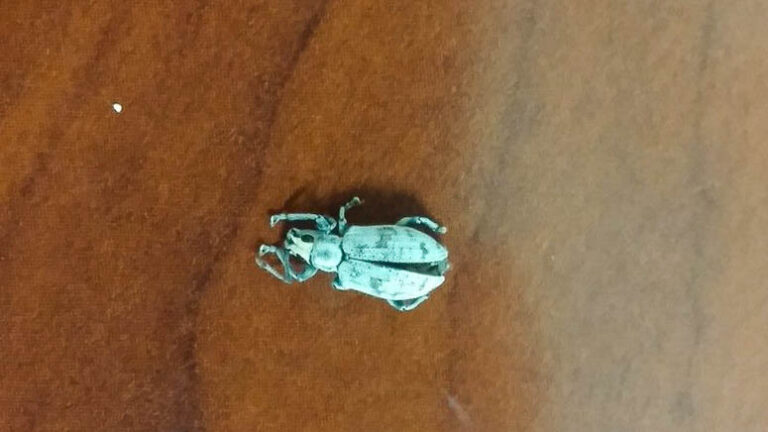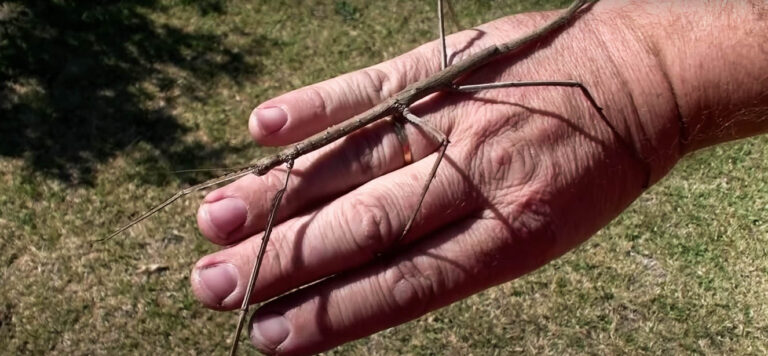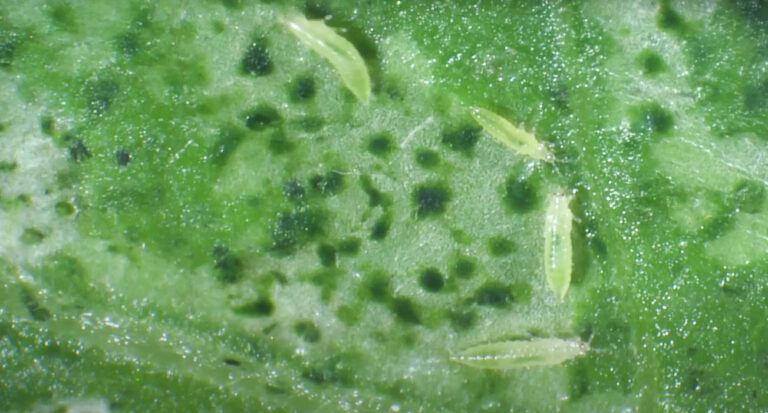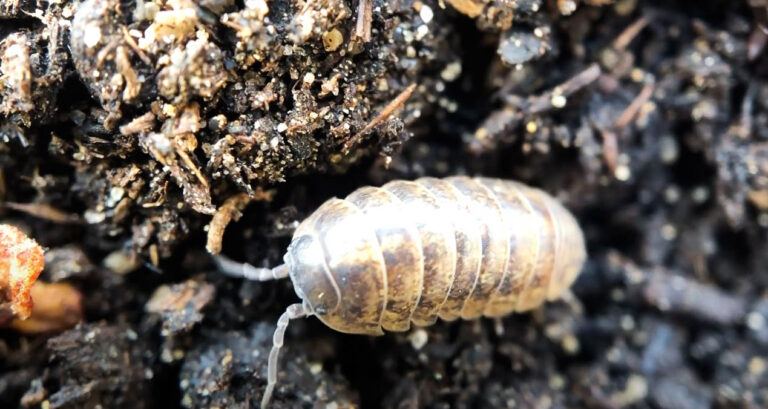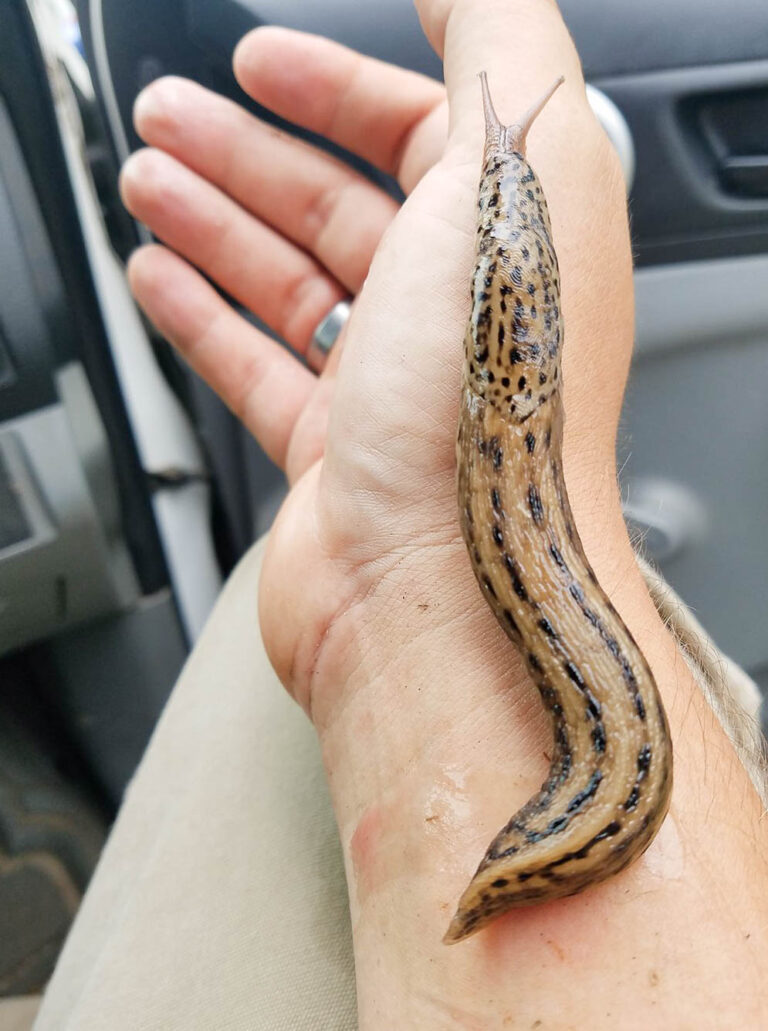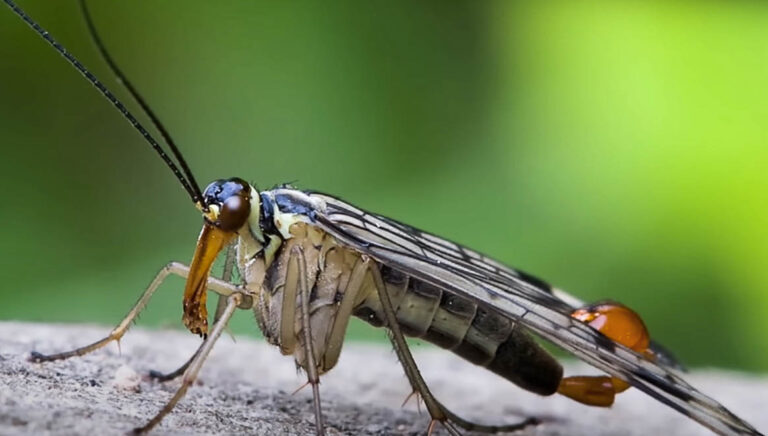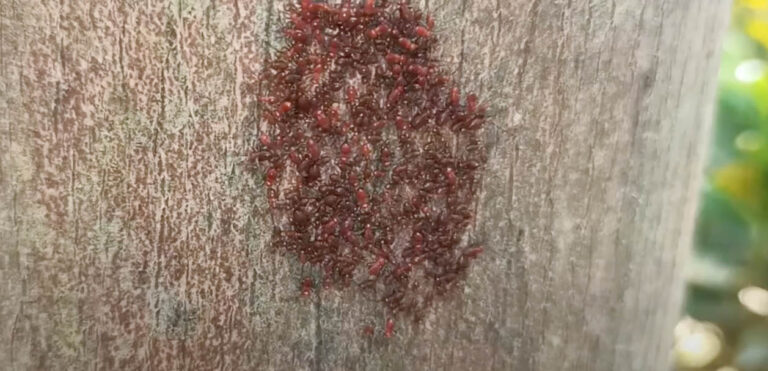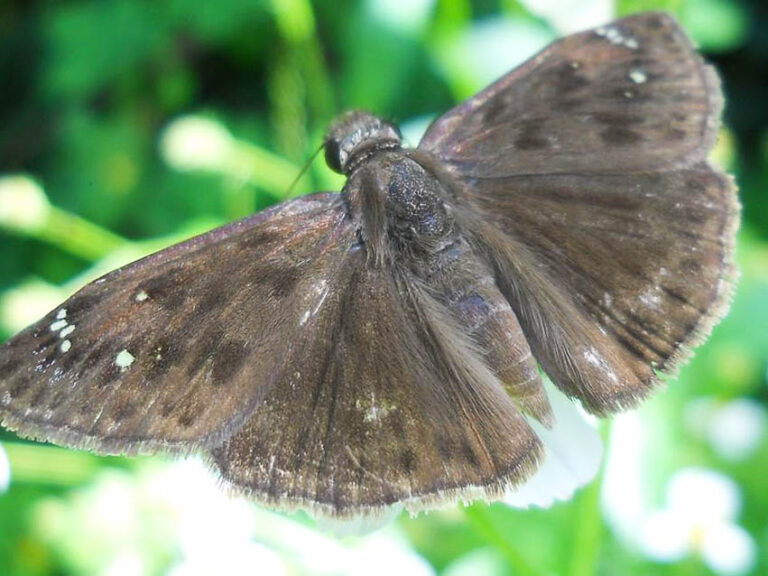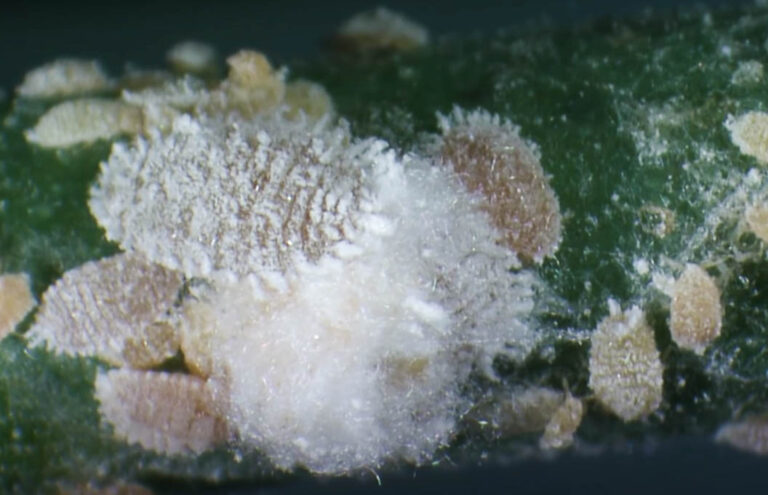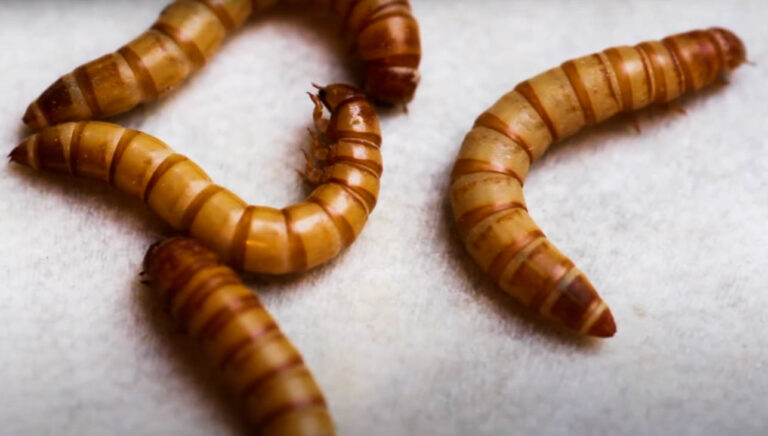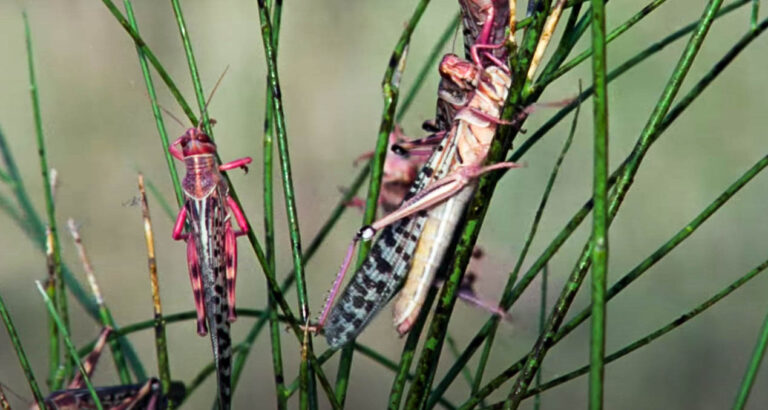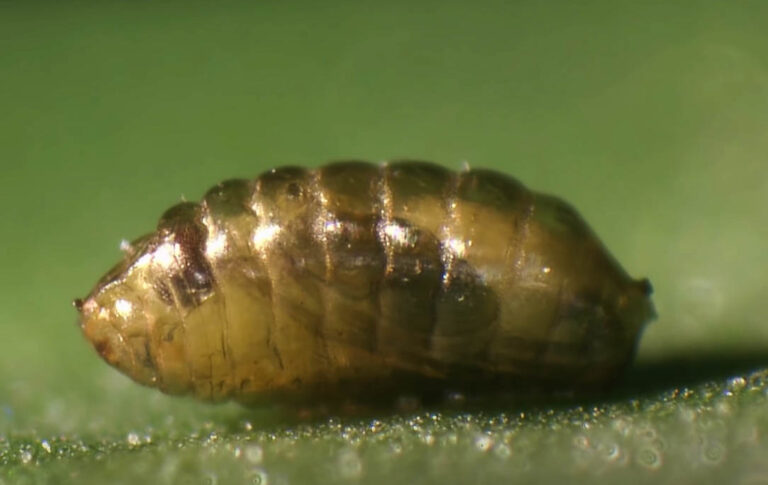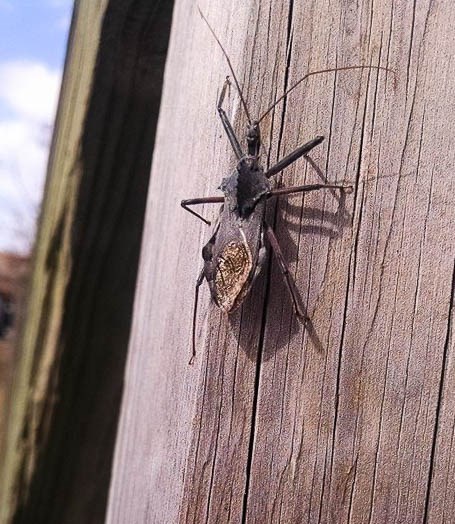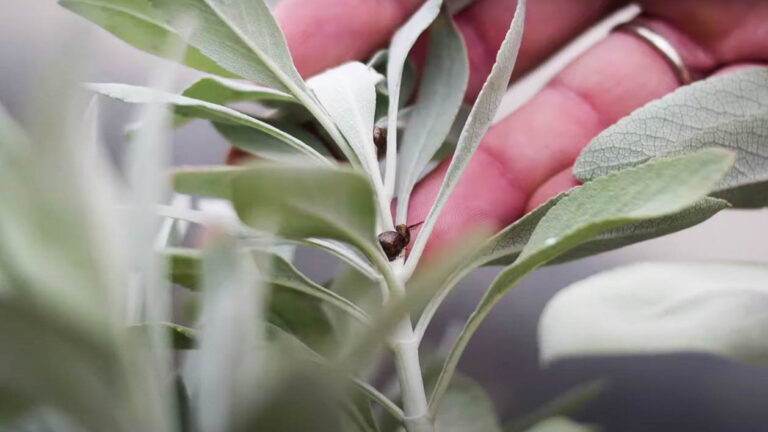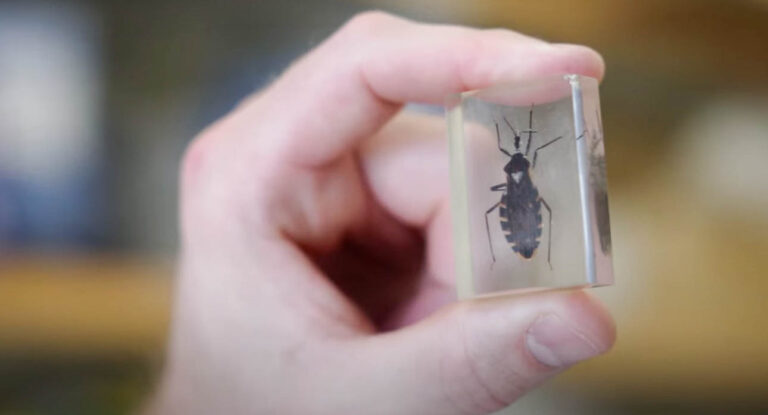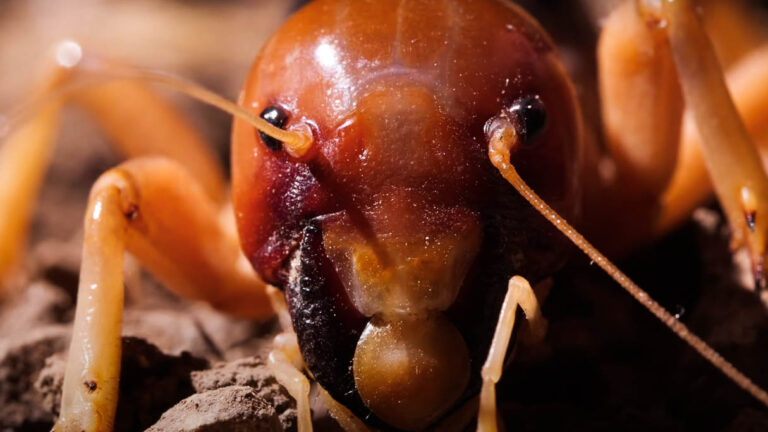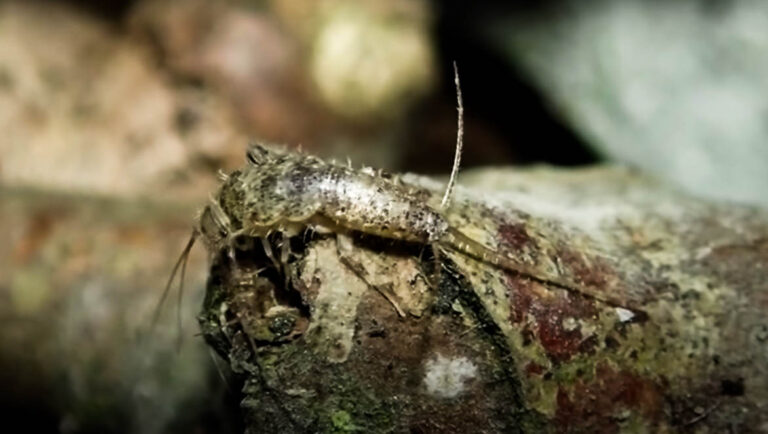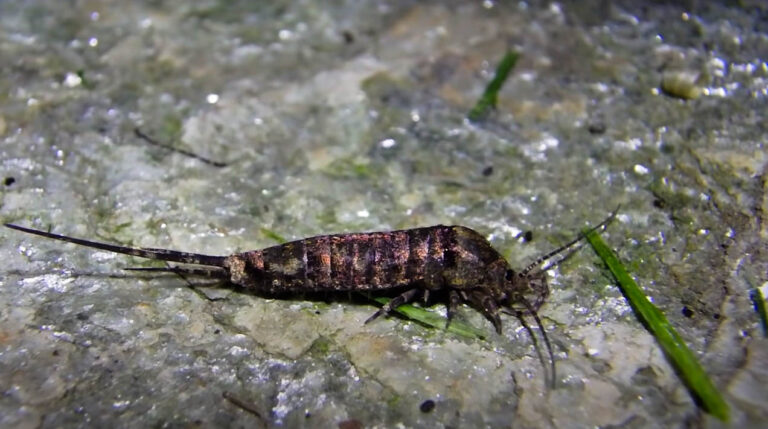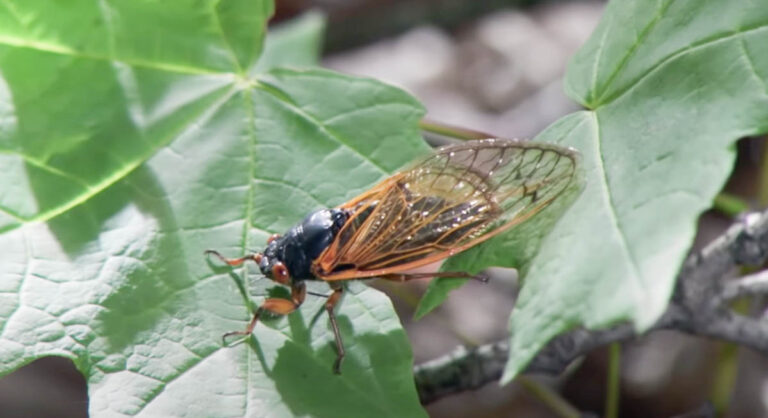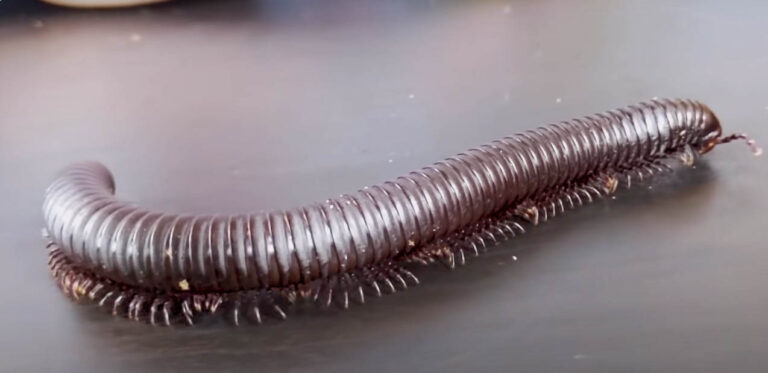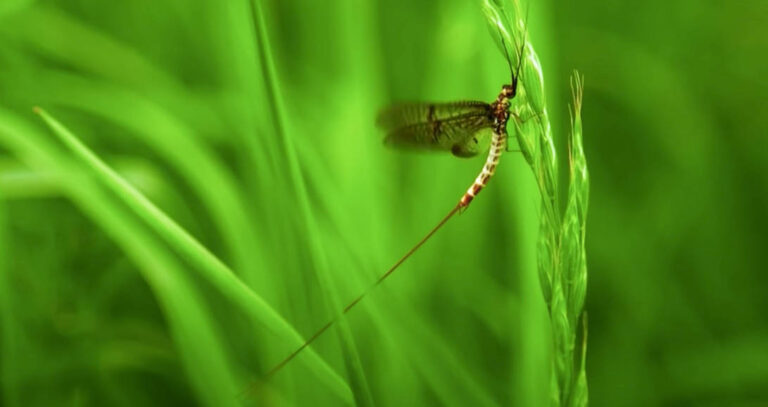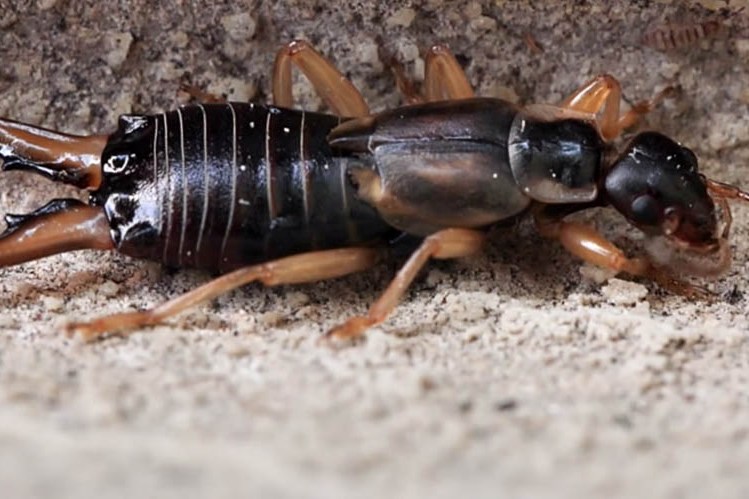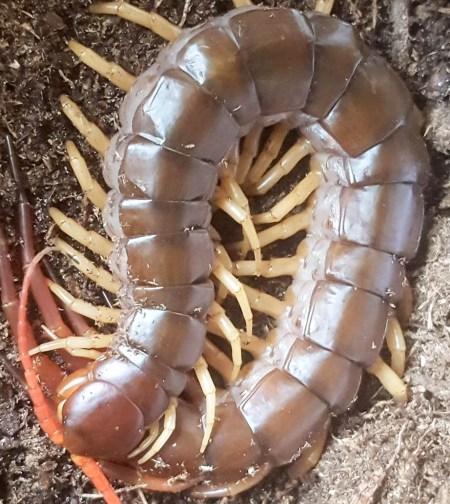About Thrips
About Thrips
Thrips are tiny insects that are about the size of a sewing needle. Despite their small size, these insects are known worldwide for wreaking havoc on field and garden crops. These sap-sucking pests not only damage plants, but also transmit diseases to plants. If you’re currently dealing with a thrip infestation, you are most likely going to want to know more about the little insects putting you through so much distress by making your plant or garden crops unhealthy. Right here, we will be sharing all you need to know about these tiny insects.
Appearance
Thrips are tiny insects that share several physical features with other insects that affect field and garden crops. With the following physical features of thrips that we will be describing here, you will be able to separate thrips from every other type of insect.
- Size: Depending on the species of the thrip, they usually measure between 0.5 to 5 mm in length. Since they don’t need flight to survive, they don’t have wings. Only in rare cases will you see them with wings.
- Mouthparts: When it comes to identifying thrips, one of the things you need to look out for is their mouthpart. This tiny insect has a distinctive asymmetric mouthpart in which one of its mandibles extends more outwards than the other. This unique mouthpart allows them to puncture and suck sap from layers of plants.
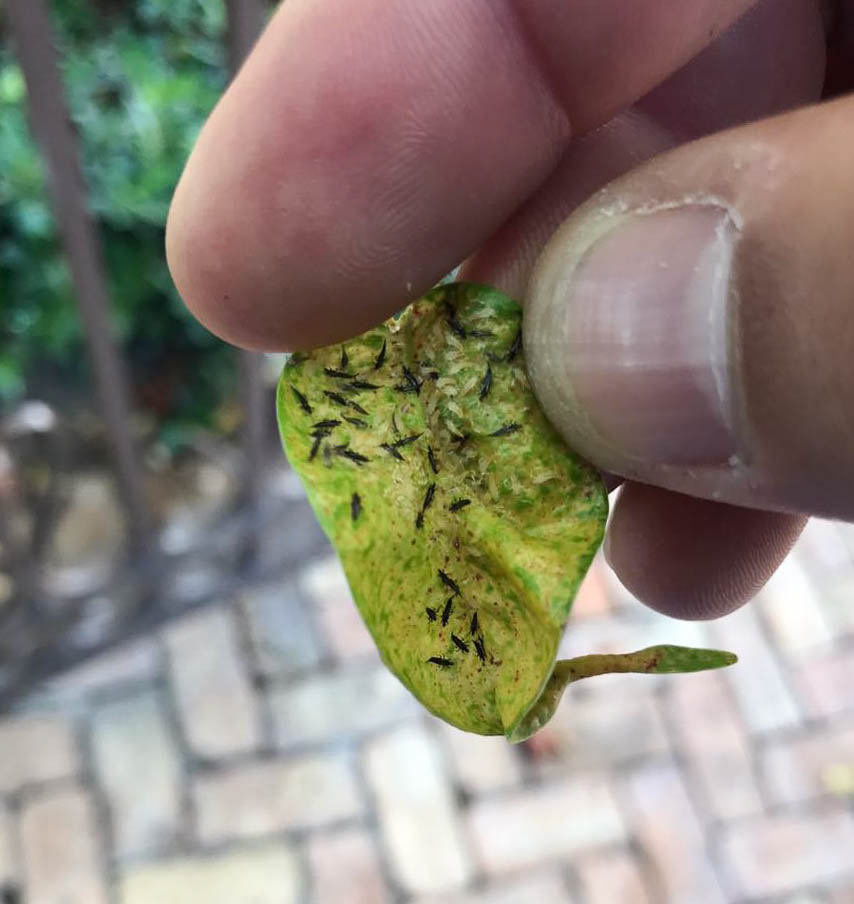
Behavior
The destructive habits of thrips make them one insect no homeowner will like to have around. They can wreak havoc on any farmland within a short time if allowed to reproduce and multiply. Being a flower and leaf eating insect, these tiny insects lay their eggs on the surface of the plants they infest using an egg-laying apparatus known as ovipositors. Unlike other insect eggs, that of thrips are very easy to identify. They often look like halo-like spots on the surface of leaves. As they transform into other stages, the color of the spots changes gradually. Thrips undergo gradual but complete metamorphosis before developing to their wingless adult stage. Before developing into pupae, they undergo a non-stop feeding stage known as the pre- pupa stage. During this stage, they will accumulate all the energy they need to molt into adults.
Habitat
Being a tiny insect, they are very difficult to spot if you don’t inspect your environment thoroughly. They are mostly attracted to places where there is moisture and fresh vegetation or flowers. As a result of this, you’re most likely going to find them in your garden and field crops. Thrips can also find their way into your home via damp laundry or carrying infested plants into your home.
Damage They Cause
Asides from their damaging effects on plants and flowers, which usually lead to a severe loss of plant product and other agricultural produce, these insects are also known for their irritating effect on the skin whenever they come in contact with the skin of humans. Although, this kind of irritation doesn’t have any long lasting effects. Thrips also cause physical damages such as blackening and deformities to flowers. After which they pass down the diseases carried from an infected plant to a healthy plant.
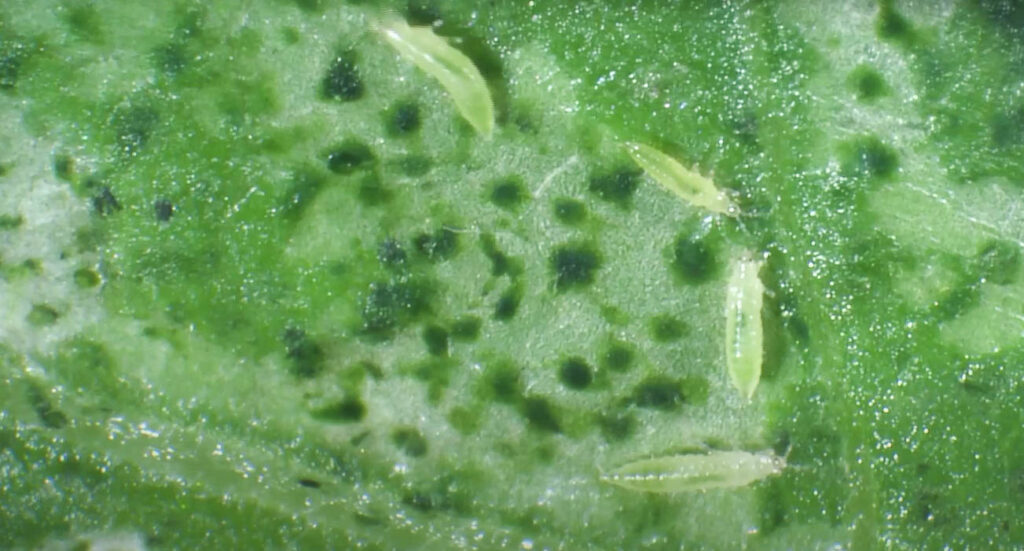
Infestation Signs
The most obvious sign of a thrip infestation is the presence of halo-like spots on the surface of flowers or leaves of plants. Since they are visible enough to be seen, you might be lucky enough to find one or two of these insects feeding on the surface of your plants.
How to Get Rid of Mealworms
If the population of the thrips that infest your home is not that large, you might not need chemical treatments to get rid of them. There are several non-chemical techniques that you can use to get rid of thrips. For example, you can decide to just remove the infected plants and burn them or use a vacuum to physically remove them. In cases where the infestation has gone beyond what you can handle, don’t hesitate to get in touch with a pest removal agent.
